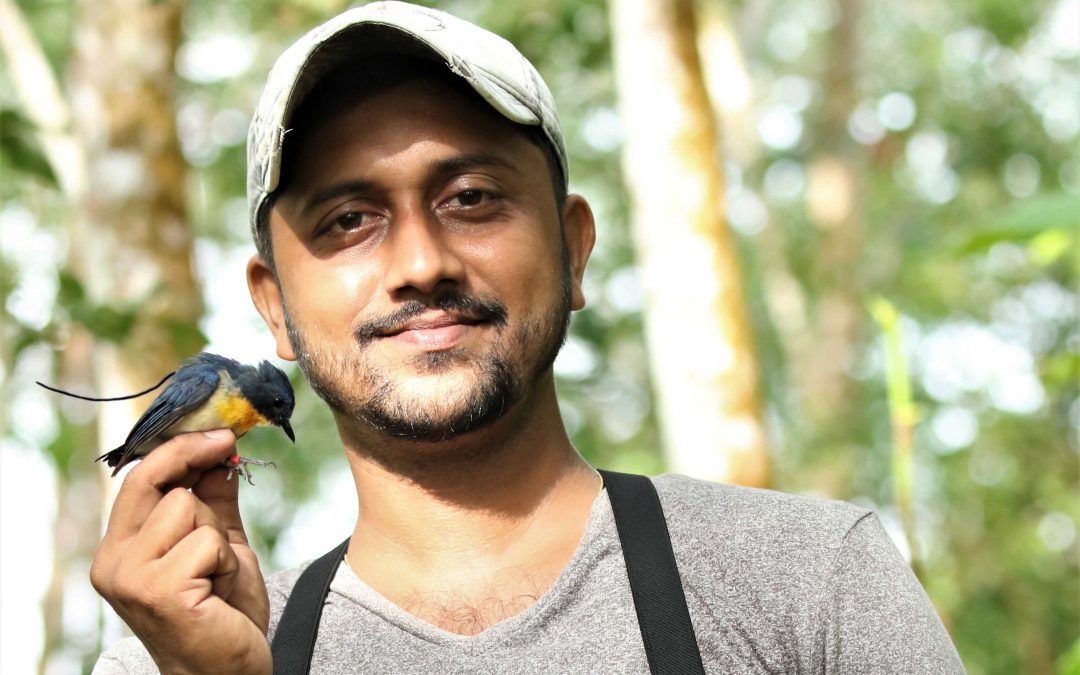Understanding how birds move through different kinds of agriculture and agroforestry is essential for conserving these species and associated biodiversity. Translocation experiments – in which a
bird is temporarily moved from its territory, tracked as it returns, with its preference for different habitats recorded – has proven a safe and effective way to measure movement under stress condition (e.g.: habitat loss/ destruction). Yet so far these experiments have been conducted nearly exclusively in the Neotropics and in open habitats (pasture lands). In Sri Lanka, we have conducted experiment translocations of birds, to compare movement through agroforests (rubber), to that in natural vegetation and open habitats (tea). Further we have conducted
awareness programs at three of our three privately owned estate about biodiversity and conservation. We also did training programs in movement ecology and in scientific research skills targeting university students, members of environmental NGOs and officers from the department of wildlife conservation. Overall, we filled a major gap in knowledge about fragmentation and movement ecology globally, provided specific recommendations for Sri Lanka

